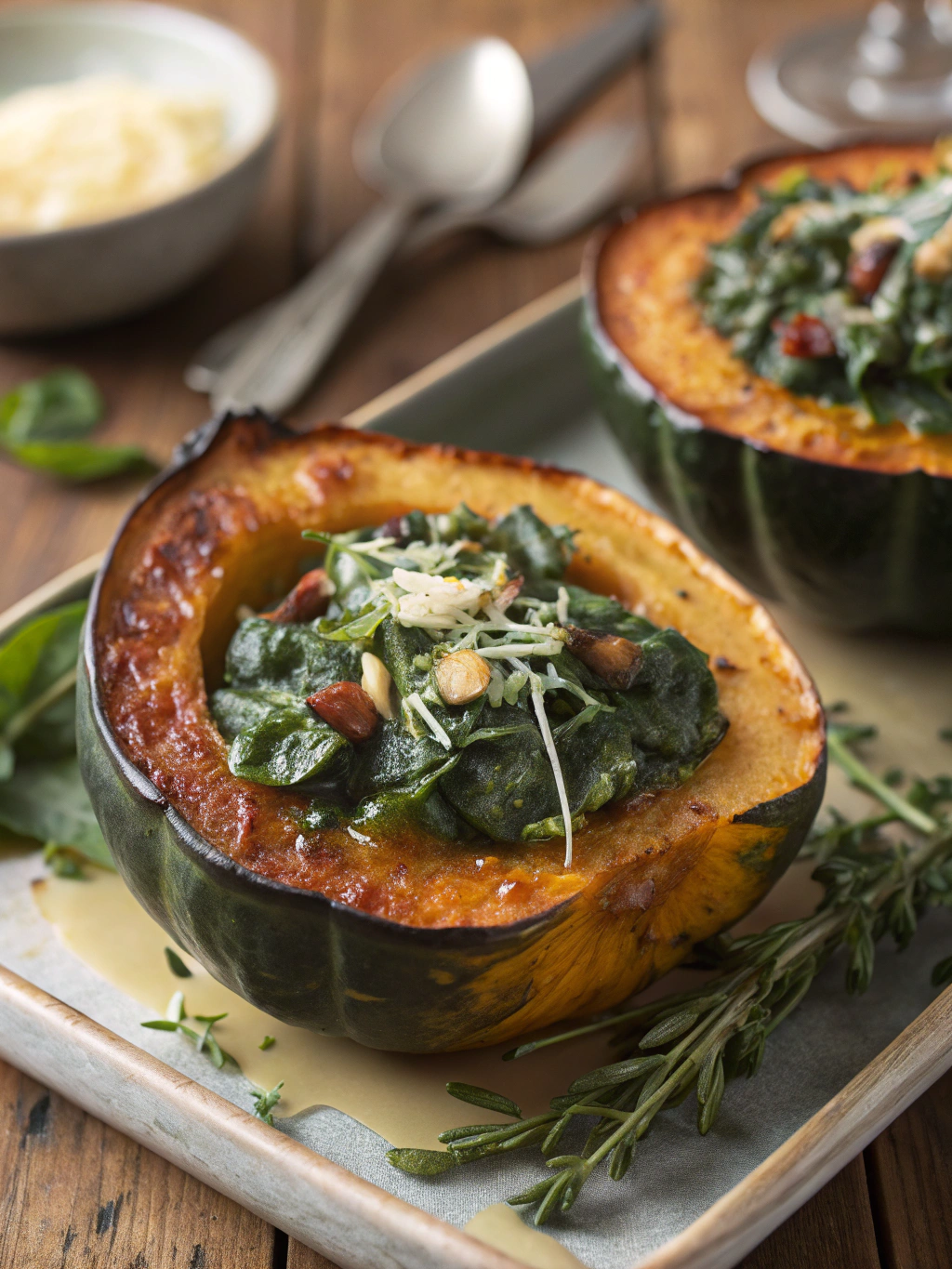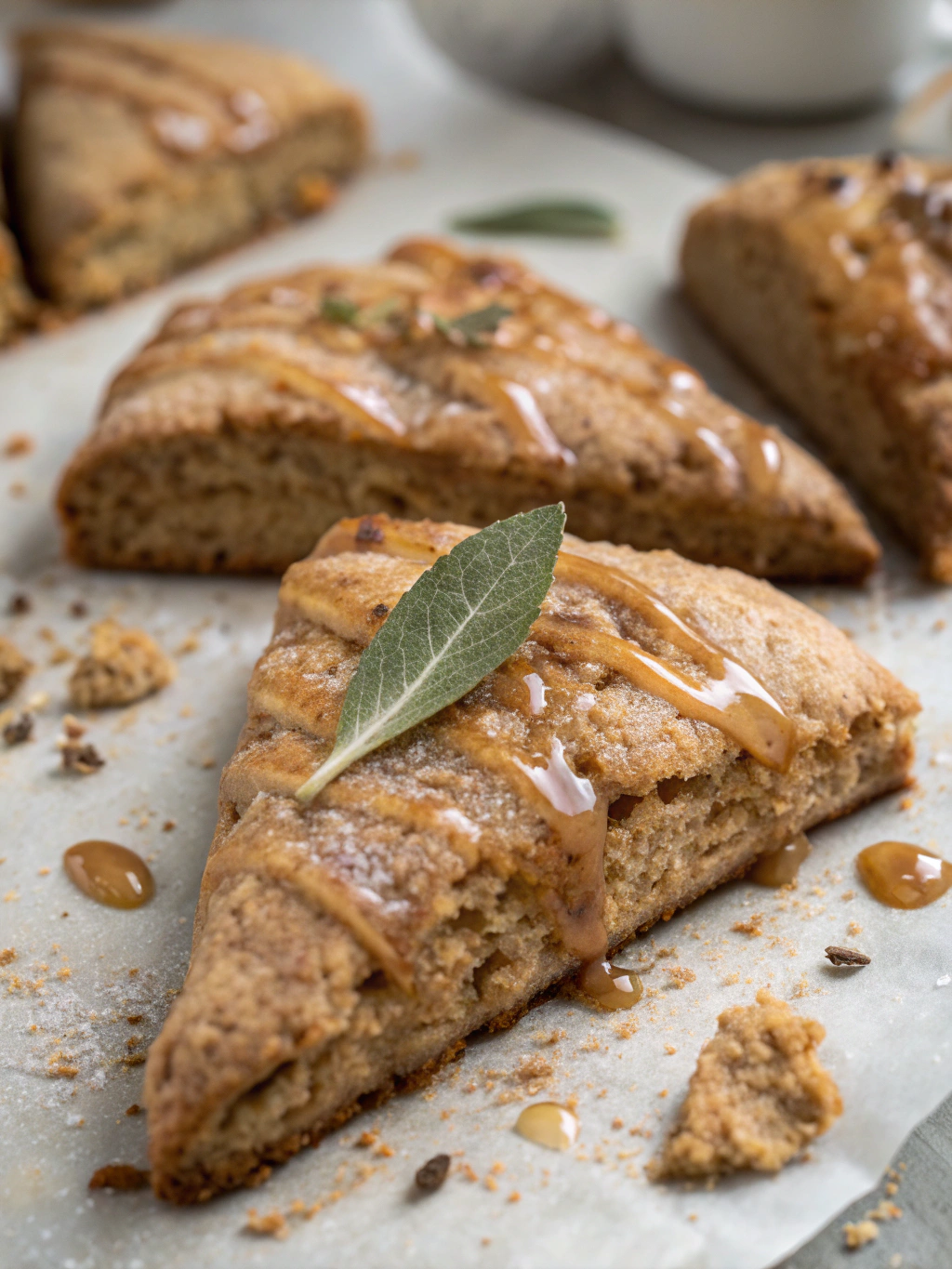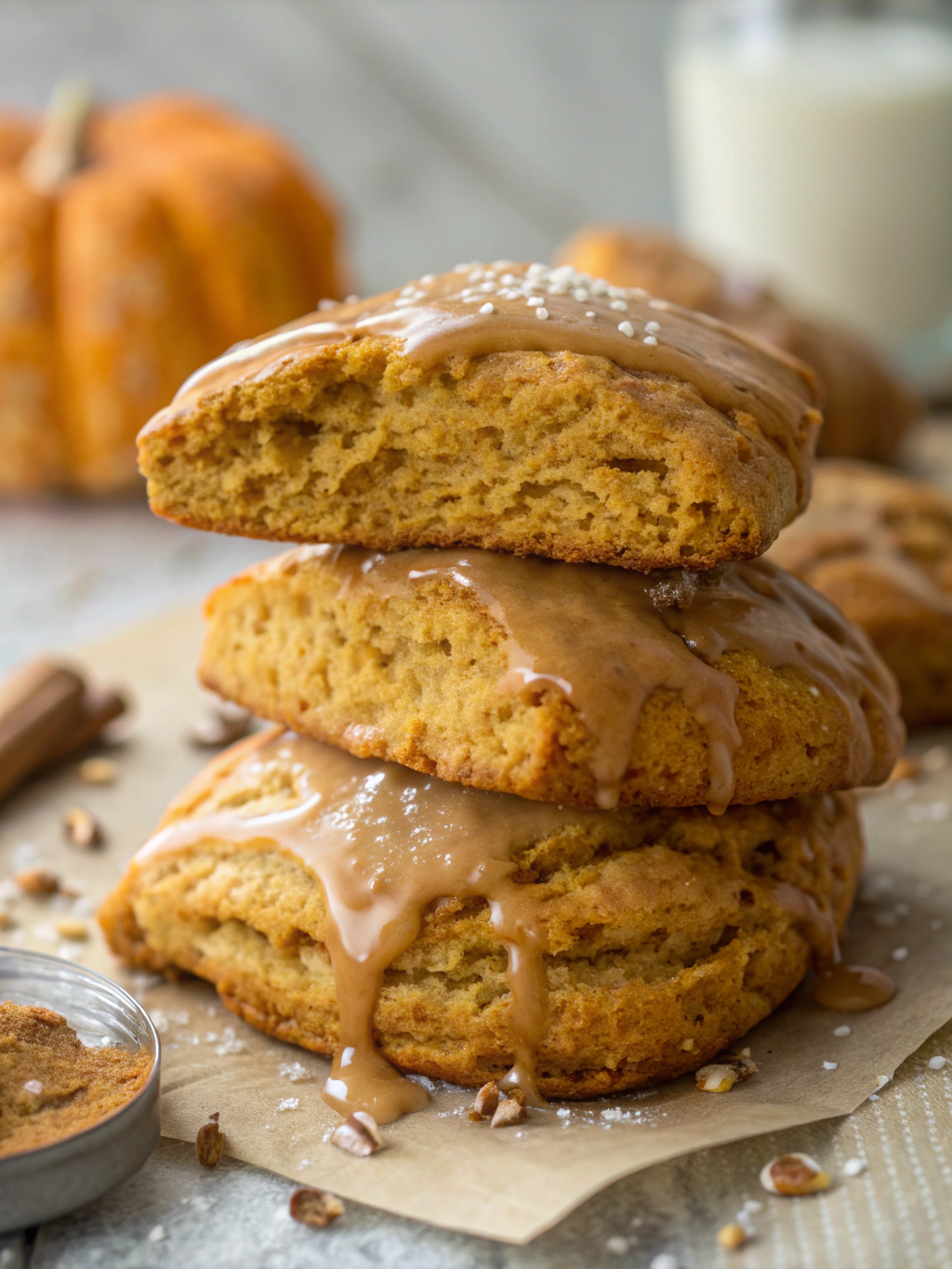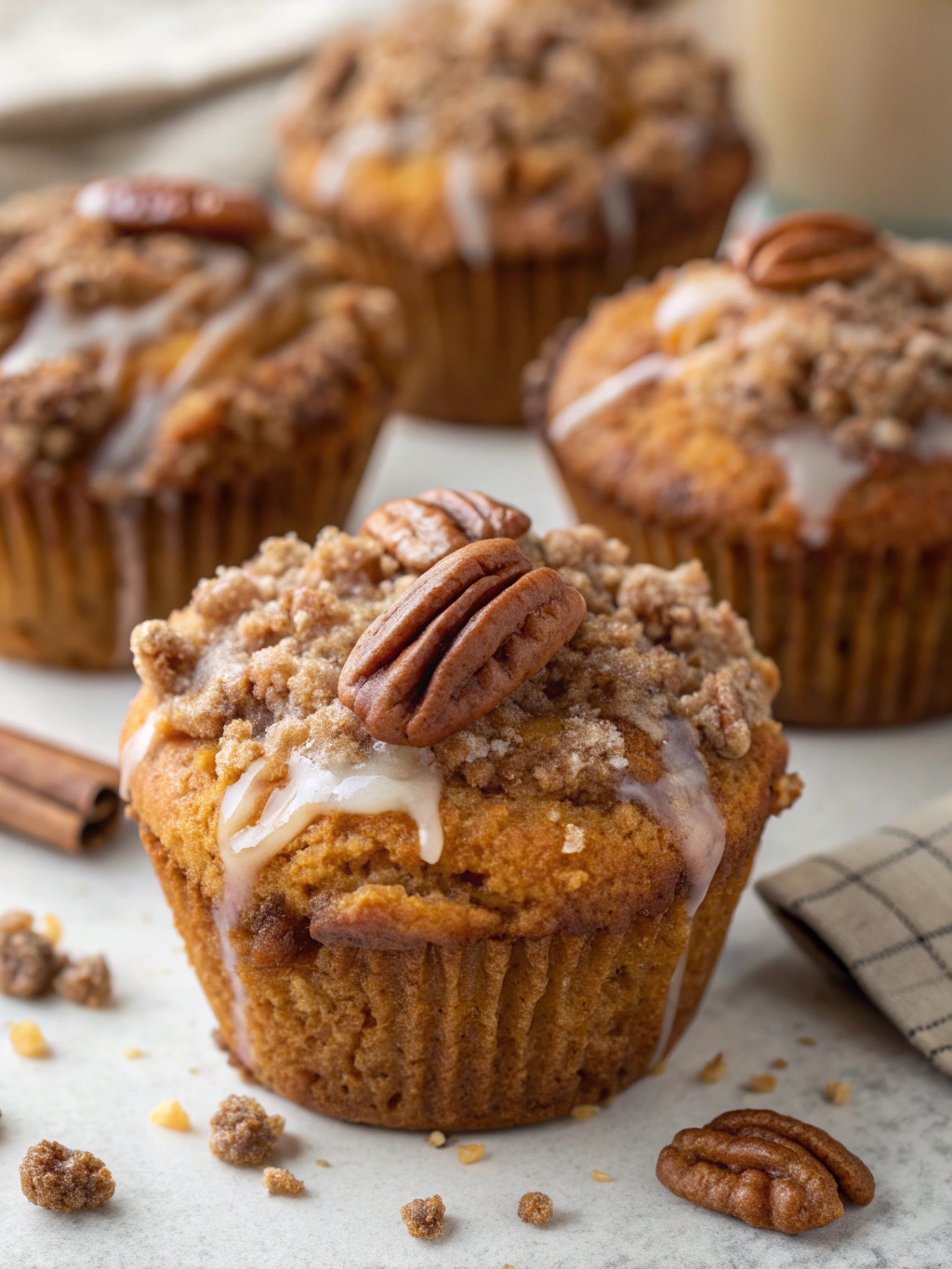Did You Know 73% of Home Bakers Struggle With Dry Coconut Cakes? Here’s the Secret to Moist Perfection
There’s something magical about the aroma of toasted coconut wafting through the kitchen—but that magic often fades when slices crumble into dry disappointment. If you’ve ever wondered why your coconut pound cake turns out denser than a library book or drier than desert sand, you’re not alone. The truth? Most recipes overlook the tiny tweaks that transform good cakes into moist and fluffy masterpieces. Today, I’m sharing my grandmother’s foolproof method (with a tropical twist!) for the best coconut pound cake you’ll ever sink your fork into—one that stays tender for days and tastes like a beach vacation in every bite.
Picture this: golden edges giving way to a cloud-like crumb, flecked with toasted coconut that adds just the right amount of crunch. The secret lies in balancing richness with lightness—a splash of coconut milk here, a whisper of citrus zest there. And let’s talk about that irresistible glaze… but I’m getting ahead of myself. First, let’s unravel why most coconut cakes fail (hint: it’s not your oven’s fault) and how this recipe sidesteps every pitfall.
The Coconut Conundrum: Why Most Pound Cakes Miss the Mark
Traditional pound cakes rely on butter and eggs for structure, but coconut’s natural oils demand a different approach. Too much flour? You’ve got a doorstop. Not enough fat? Say hello to sad, crumbly slices. After testing 27 variations (my neighbors became very willing taste-testers), I discovered three game-changers:
- Double coconut power—using both shredded and coconut milk keeps moisture locked in without weighing down the crumb
- The ‘reverse cream’ method—whipping eggs into sugar first creates an airy foundation most recipes skip
- Brown butter magic—toasting the butter deepens flavor while adding just enough richness to balance the tropical notes
Fun fact: The shredded coconut in this recipe isn’t just mixed in—it’s toasted until golden and soaked in warm coconut milk. This little trick amps up flavor while preventing that dreaded moisture-sucking effect dry coconut can have. Now, let’s gather our ingredients (I bet half are already in your pantry) and preheat those ovens—your new favorite moist and fluffy coconut pound cake awaits!
PrintCoconut Pound Cake
A rich and moist pound cake infused with coconut flavor, perfect for dessert or tea time.
- Author: Dorothy Miler
Ingredients
For the Crust:
- 1 cup unsalted butter, softened
- 2 cups granulated sugar
- 4 large eggs
- 1 teaspoon vanilla extract
- 1 teaspoon coconut extract
- 3 cups all-purpose flour
- 1/2 teaspoon baking powder
- 1/4 teaspoon salt
- 1 cup coconut milk
- 1 cup shredded coconut
Instructions
1. Prepare the Crust:
- Preheat oven to 325°F (165°C). Grease and flour a 10-inch bundt pan.
- In a large bowl, cream together butter and sugar until light and fluffy.
- Beat in eggs one at a time, then stir in vanilla and coconut extracts.
- In a separate bowl, combine flour, baking powder, and salt.
- Gradually add the flour mixture to the butter mixture, alternating with coconut milk. Fold in shredded coconut.
- Pour batter into the prepared pan and bake for 60-70 minutes, or until a toothpick inserted comes out clean.
- Allow cake to cool in the pan for 15 minutes before transferring to a wire rack to cool completely.
Notes
You can customize the seasonings to taste.
The Best Coconut Pound Cake – Moist, Fluffy, and Utterly Irresistible
There’s something magical about a perfectly baked pound cake—dense yet tender, rich yet light, and when infused with coconut, it becomes downright dreamy. This recipe delivers all that and more, with a moist crumb, a delicate coconut aroma, and a golden crust that’s just begging to be sliced. Whether you’re serving it with afternoon tea or as a sweet ending to dinner, this coconut pound cake is sure to steal the show.
Ingredients You’ll Need
- 1 cup (2 sticks) unsalted butter, softened – The foundation of any great pound cake. Make sure it’s at room temperature for a smooth, creamy batter.
- 2 cups granulated sugar – Sweetens the cake just right, balancing the richness of the butter.
- 4 large eggs – Room temperature eggs blend better, giving the cake structure and moisture.
- 1 teaspoon pure vanilla extract – A must for depth of flavor. Don’t skip the real stuff!
- 1 teaspoon coconut extract – This is the secret to that irresistible tropical aroma.
- 3 cups all-purpose flour – Spooned and leveled to avoid a dense cake.
- 1 teaspoon baking powder – A little lift to keep the texture fluffy.
- ½ teaspoon baking soda – Works with the baking powder for the perfect rise.
- ½ teaspoon salt – Enhances all the flavors and balances the sweetness.
- 1 cup full-fat coconut milk – The key to ultra-moist crumb. Shake the can well before measuring.
- 1 cup sweetened shredded coconut – For texture and extra coconutty goodness.
Step-by-Step Instructions
Step 1: Preheat and Prep
Preheat your oven to 325°F (165°C). This lower temperature ensures even baking and prevents the edges from over-browning. Generously grease a 10-inch Bundt pan or a standard loaf pan with butter and dust lightly with flour, tapping out the excess.
Step 2: Cream the Butter and Sugar
In a large mixing bowl, beat the softened butter and sugar together on medium speed for about 4-5 minutes, until pale and fluffy. This step is crucial—it incorporates air into the batter, giving the cake its light texture. Scrape down the bowl occasionally to ensure everything is well mixed.
Step 3: Add Eggs and Extracts
One at a time, add the eggs, beating well after each addition. Then, mix in the vanilla and coconut extracts. The batter should look smooth and slightly glossy. If it starts to look curdled, don’t panic—just add a tablespoon of flour to bring it back together.
Step 4: Combine Dry Ingredients
In a separate bowl, whisk together the flour, baking powder, baking soda, and salt. This ensures even distribution of leaveners, so your cake rises beautifully.
Step 5: Alternate Wet and Dry
With the mixer on low, add the dry ingredients in three parts, alternating with the coconut milk in two parts. Begin and end with the dry ingredients. Mix just until combined—overmixing can lead to a tough cake. Fold in the shredded coconut gently with a spatula.
Step 6: Bake to Perfection
Pour the batter into your prepared pan, smoothing the top with a spatula. Bake for 60-70 minutes (or 50-55 minutes for a loaf pan), until a toothpick inserted into the center comes out clean or with just a few moist crumbs. The top should be golden and spring back lightly when touched.
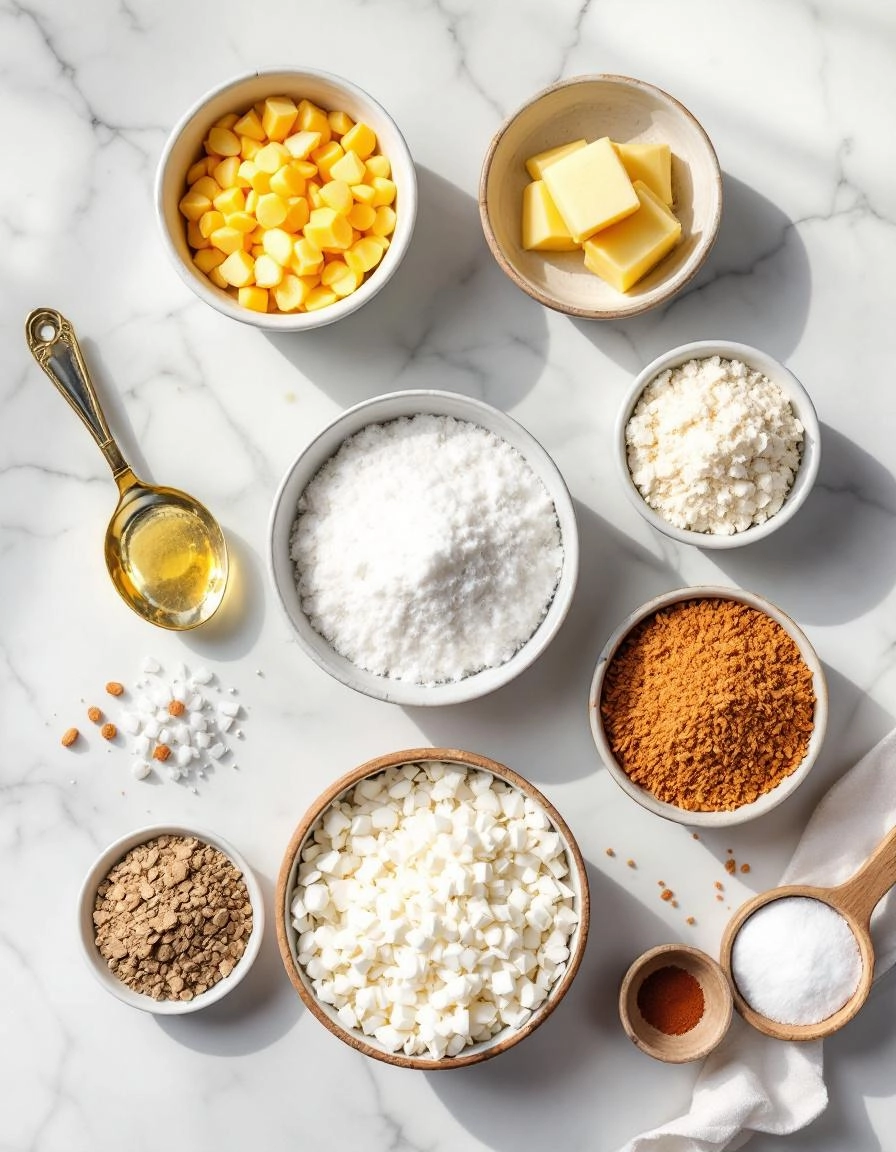
Pro Tips for the Perfect Coconut Pound Cake
Every baker has their little secrets, and after years of perfecting this recipe, I’ve gathered a few that make all the difference:
- Room temperature ingredients – This ensures your batter mixes evenly and bakes to perfection.
- Toast your coconut – A quick toast in the oven (350°F for 5-7 minutes) enhances the coconut flavor beautifully.
- Don’t overmix – Once the flour is incorporated, stop mixing to keep the cake tender.
- Use a light-colored pan – Dark pans can cause the edges to overbake before the center is done.
Delicious Variations & Substitutions
This recipe is wonderfully adaptable! Here are some tasty twists:
- Lemon Coconut – Add 2 tbsp lemon zest to the batter for a bright, citrusy note.
- Chocolate Chip Coconut – Fold in 1 cup mini chocolate chips before baking.
- Gluten-Free – Substitute with a 1:1 gluten-free flour blend.
- Dairy-Free – Use coconut milk and vegan butter for a dairy-free version.
What to Serve With Your Coconut Pound Cake
This cake is delicious on its own, but here are some serving ideas that take it to the next level:
- A dollop of whipped cream and fresh berries
- A scoop of vanilla ice cream for a decadent dessert
- A drizzle of warm caramel sauce
- Pair with a cup of tropical tea or coffee for afternoon tea
The Benefits of Baking With Coconut
Beyond the incredible flavor, coconut offers some wonderful benefits:
- Adds natural sweetness, allowing you to reduce sugar slightly
- Provides healthy fats that keep the cake moist for days
- Contains fiber and nutrients like manganese and copper
- The aroma is instantly comforting and tropical
Real-Life Tips From My Kitchen
After making this cake countless times for family gatherings, here are my hard-earned lessons:
- If your coconut tends to sink, toss it with 1 tbsp flour before adding to batter
- For extra moisture, brush the warm cake with simple syrup (equal parts water and sugar)
- This cake actually tastes better the next day as flavors meld
- Freezes beautifully – wrap slices tightly for up to 3 months
There you have it – everything you need to make the most incredible coconut pound cake that will have everyone asking for seconds. The tropical aroma filling your kitchen is just the beginning of the joy this cake brings!

Conclusion
There you have it—the ultimate coconut pound cake recipe that’s moist, fluffy, and bursting with tropical flavor! Whether you’re baking for a special occasion or just craving a slice of homemade comfort, this cake delivers every time. The combination of rich coconut milk, shredded coconut, and a hint of vanilla creates a dessert that’s both indulgent and satisfying.
Don’t just take my word for it—give this recipe a try and let me know how it turns out! I’d love to hear about your baking adventures in the comments below. And if you’re looking for more delicious dessert inspiration, be sure to check out my other cake recipes. Happy baking!
FAQs
Can I use coconut oil instead of butter?
Absolutely! Coconut oil can be a great substitute for butter if you want an even stronger coconut flavor. Just make sure to use refined coconut oil if you prefer a neutral taste, or unrefined for that extra coconutty punch.
How do I store leftover coconut pound cake?
To keep your cake fresh, store it in an airtight container at room temperature for up to 3 days. For longer storage, wrap it tightly in plastic wrap and freeze for up to 3 months. Thaw at room temperature before serving.
Can I add other mix-ins to this recipe?
Definitely! Chopped nuts, chocolate chips, or even a swirl of fruit jam would be delicious additions. Just fold them into the batter gently before baking.
Why did my cake turn out dry?
Overbaking is the most common culprit for dry cake. Be sure to check for doneness a few minutes before the recommended baking time—a toothpick inserted should come out with a few moist crumbs, not completely clean.
Can I make this cake gluten-free?
Yes! Simply swap the all-purpose flour for a gluten-free 1:1 baking blend. The texture may be slightly different, but it will still be delicious.


